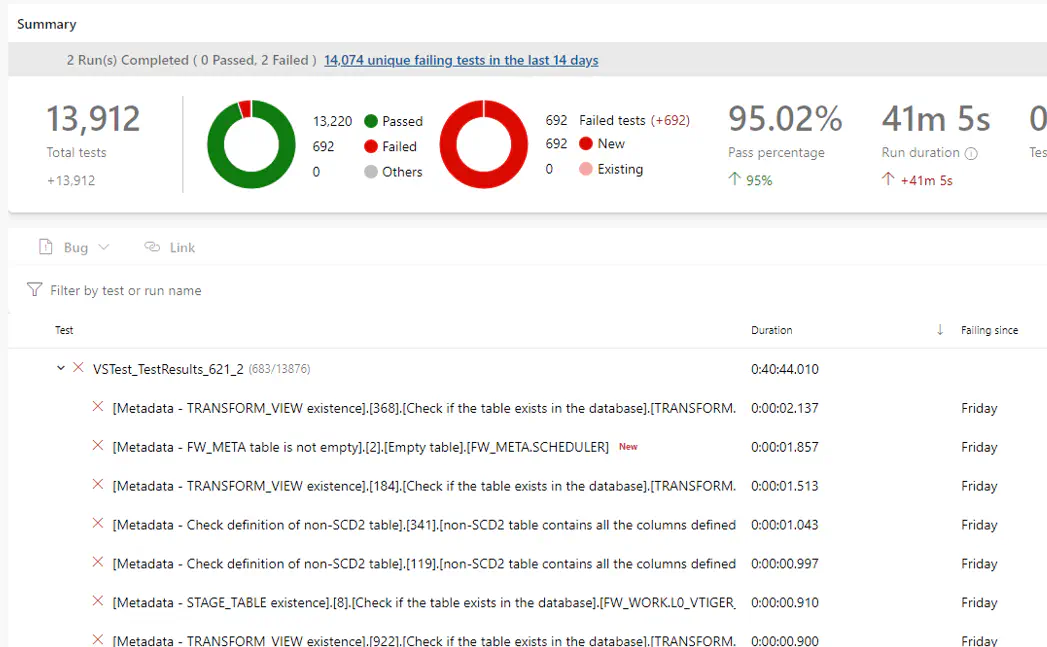Introduction
What is CAT and how it can help me?
automate tests for your data.

Are the numbers on your dashboard correct? How can you know? How can anybody be sure? You need a proof. And the proof is a set of automated tests for your data.
 CAT can easily connect to any source of data throghout your solution and run automated checks. It can compare data from different systems. It gives you an overview whether everything works as anticipated.
CAT can easily connect to any source of data throghout your solution and run automated checks. It can compare data from different systems. It gives you an overview whether everything works as anticipated.
Why should you automate tests for data?
There are many benefits:
- You get immediate feedback about the status of your data solution.
- Is anything wrong? What exactly? How many problems do I have?
- You have such feedback continuously.
- You had such overview yesterday, you have it today, you will have it tomorrow. As often as you want.
- You have both summary overview and details.
- That means you can easily prioritize what to focus on first. You can also very efficiently troubleshoot one specific problem.
- Catch problems before they hit production.
- With automated tests you spot problems before they have a chance to do any harm.
Automated tests for your data enable you to smartly improve what matters most. Over time you will get TRUST into your data solution. For developers, for testers, for operations and most important - for your users.
What it Looks Like?
This is an example of an Azure DevOps pipeline displaying CAT test results. You can review the overall status and get details by simply clicking a failed test.
 Get overview about problems in your data solution
Get overview about problems in your data solution
The point is - you know. You know your problems, you know their extent, you can prioritize them, you meassure your progress. With no effort - simply by clicking a button or by reviewing results of scheduled test runs.
CAT use-cases - when do you need it?
Typical CAT use-cases are:
-
test DATA QUALITY
-
test DATA ARCHITECTURE
-
test DATA MIGRATION
-
test DATA CONSISTENCY
-
test DATA ACCESS
CAT is also useful in many other cases. Whenever it makes sense to fully automate some check against your data, CAT will shine.
-
How do I get started?